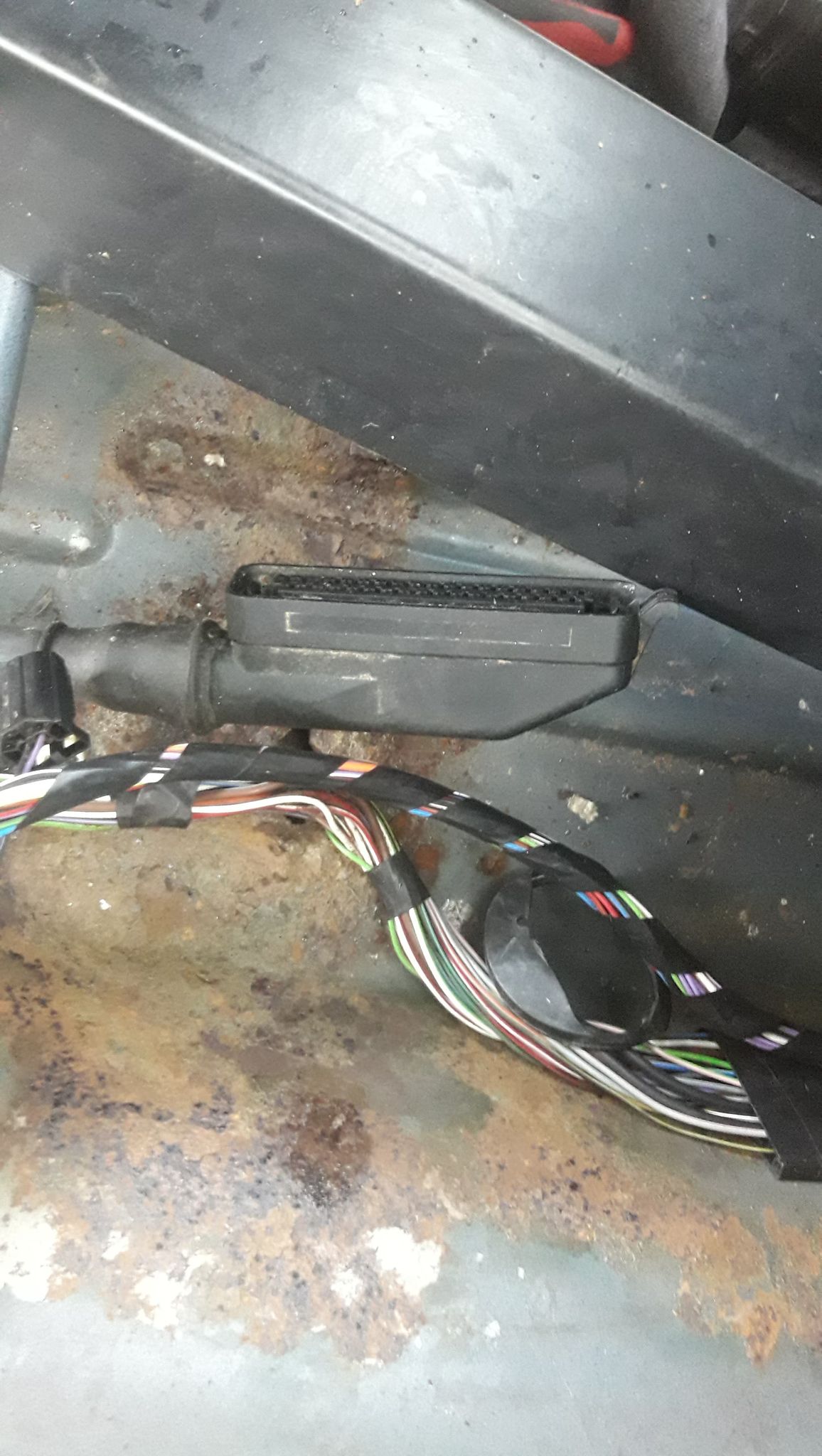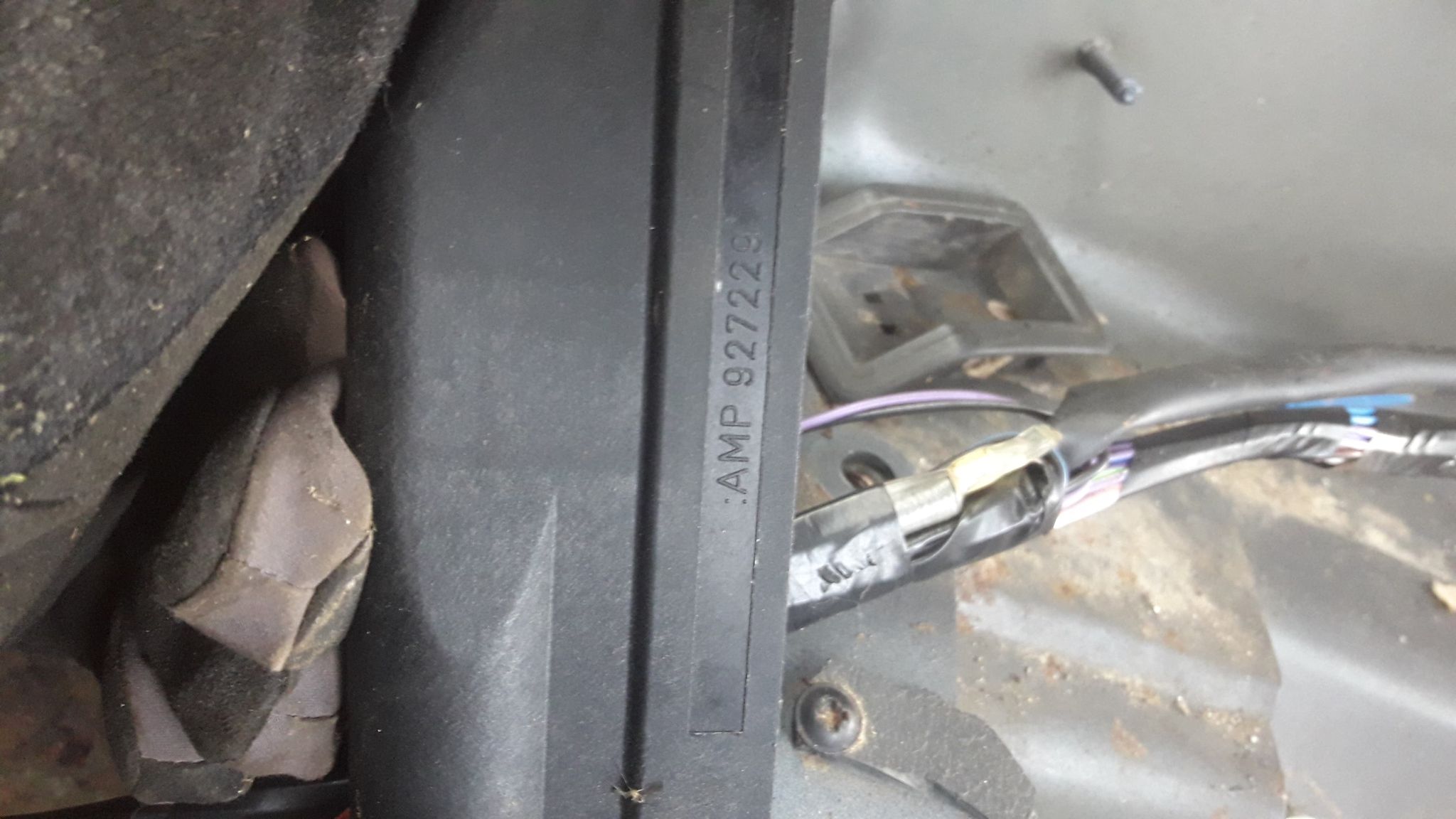Hello chaps, vehicle in question is a 300tdi manual Range rover classic 1995. Under the passenger seat is this plug, it wasn't plugged into anything when I acquired the vehicle and the engine and ABS seem to work fine in its current state. Can someone tell me what this plug is for? my guess was an ECU plug or something ABS related? Seems weird because its a mechanical pump on the engine and has been from new I believe. 




